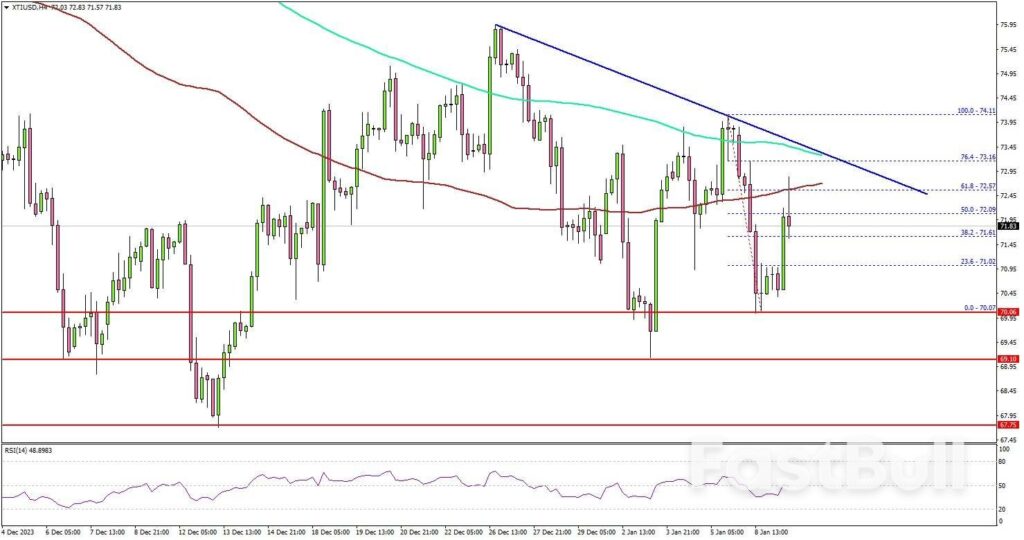By K Raveendran
Brent crude oil futures continue to hover around the $65 per barrel mark, a level that reflects the push and pull of market forces clouded by a cocktail of geopolitical tensions, environmental disruptions, and strategic production decisions. As prices hold steady, the broader sentiment among traders and analysts leans toward caution, with a slightly bullish undertone given the confluence of supply-side constraints and persistent demand recovery hopes. Much of the current price resilience can be traced to heightened uncertainty regarding OPEC+’s intentions and external shocks to global oil supply.
The oil market has been keenly watching the moves of OPEC+, the coalition of the Organization of the Petroleum Exporting Countries and its allies, including Russia. Speculation about further output increases has gripped the market, especially with an expected announcement at an upcoming meeting this week. OPEC+ has already raised output in the past two consecutive months, signalling a gradual easing of the production curbs that were initially implemented to balance the market in the wake of the pandemic-induced demand collapse. While such actions may appear rational from the perspective of maintaining market share and responding to rebounding global consumption, they have also introduced a layer of uncertainty. The question remains whether the additional barrels will be absorbed smoothly or lead to a supply glut, especially if demand falters or economic growth slows in major oil-consuming regions.
Layered atop these production developments are supply disruptions and geopolitical constraints that have bolstered bullish sentiment in recent weeks. Chief among them is the United States’ decision to ban Chevron from exporting crude oil from Venezuela. This policy move, while targetted at maintaining pressure on the Venezuelan government, has effectively choked off a potential stream of supply to the international market, thereby tightening global crude availability. Venezuela’s oil sector has been under pressure for years due to sanctions and underinvestment, and Chevron had served as one of the few remaining Western oil companies operating in the country. Cutting off exports from that channel amplifies the scarcity narrative that’s become increasingly prominent in market discussions.
At the same time, wildfires in Alberta, Canada, have further disrupted supply dynamics. Canada is one of the top global crude producers, and Alberta’s oil sands represent a significant portion of that output. Wildfires in this region pose a dual threat: direct production halts due to damage or evacuation and logistical delays as transportation routes are impacted. These fires are not a one-off event but part of a growing trend of climate-induced challenges to oil production. Their recurrence and increasing intensity underscore the vulnerability of fossil fuel infrastructure to environmental risks, which is feeding into longer-term risk assessments and price expectations in the crude futures market.
While these events tighten current and anticipated supply, they occur against a backdrop of broader transformation in the U.S. oil production landscape. Gone are the days of the “drill baby drill” mantra that once dominated energy discourse in the United States. The shale revolution, which propelled the U.S. to become the world’s largest oil producer, has hit a wall of investor skepticism, environmental scrutiny, and capital discipline. Production growth has plateaued, and the appetite for aggressive expansion has waned considerably. The lack of reinvestment, combined with mounting operational and regulatory hurdles, suggests that U.S. output may struggle to fill the gap left by other supply disruptions. This restraint from the U.S., once a swing producer capable of responding swiftly to market signals, has added another layer of tightness and unpredictability to global supply forecasts.
In response to these multifaceted uncertainties, many countries are recalibrating their downstream strategies. Refiners are likely to maximize throughput to take advantage of margins that remain relatively healthy amid the tight crude market. With product inventories at historically low levels in several key regions, the incentive to run refineries at full tilt is strong. This move serves not only to meet immediate fuel needs but also as a hedge against future volatility. In a market where supply chains can be disrupted by policy or natural disaster overnight, stockpiling refined products becomes a strategic imperative.
Moreover, building inventories now may offer a buffer as the market braces for further uncertainty in the second half of the year. Seasonal factors, such as increased travel during summer months in the northern hemisphere, typically boost gasoline and jet fuel demand. On the other side of the equation, supply risks persist—not just from the geopolitical and environmental fronts but also from the potential for OPEC+ discord. While the alliance has held together remarkably well since the pandemic, cracks could emerge, especially if price trajectories diverge significantly from the interests of individual members. Countries like Saudi Arabia and Russia may have differing tolerance levels for price volatility or production ceilings, and any sign of disunity could rattle markets.
Complicating the picture further is the lack of clarity around Chinese demand. As the world’s largest crude importer, China plays an outsized role in determining global oil balances. While there have been signs of recovery in Chinese industrial activity and mobility, the pace and sustainability of that recovery remain uncertain. Should China’s demand ramp up more slowly than expected, the additional barrels from OPEC+ could depress prices. Conversely, if the Chinese economy rebounds more sharply, it could absorb much of the additional supply and further tighten the market.
In such a finely balanced environment, sentiment can swing rapidly. Traders are closely monitoring inventory data, refinery throughput rates, and shipping flows for any signal that might provide clues about the trajectory of supply and demand. The tightness in product inventories across regions is especially significant. Low diesel, gasoline, and jet fuel stocks indicate that any hiccup in refining or logistics could lead to local shortages and price spikes, even if crude prices remain stable. This bifurcation between crude and product markets reflects structural bottlenecks and underscores the complexity of energy market dynamics today. (IPA Service)




 Modi’s Absence at G7 Summit Marks Shift in India-Canada Ties
Modi’s Absence at G7 Summit Marks Shift in India-Canada Ties 